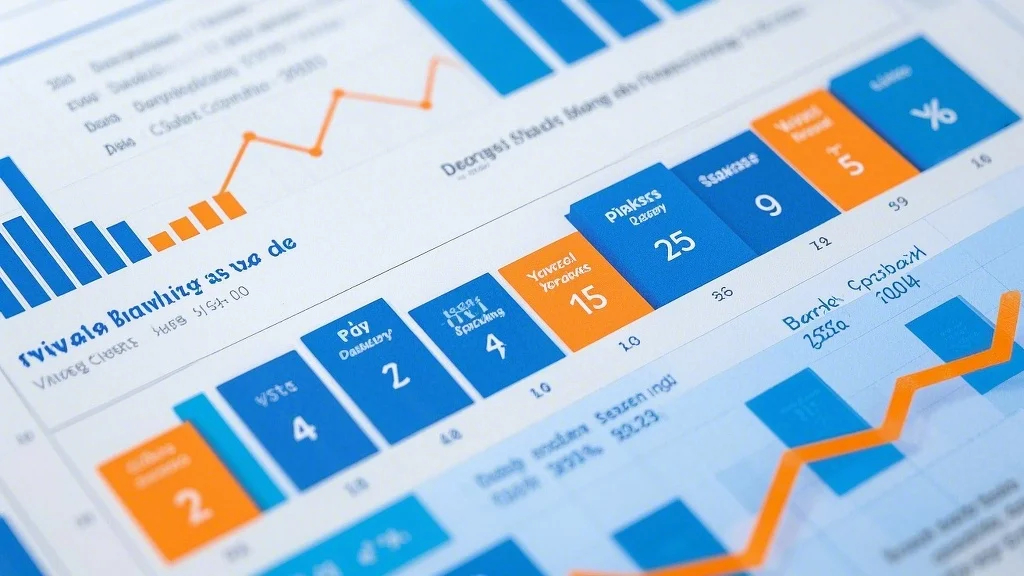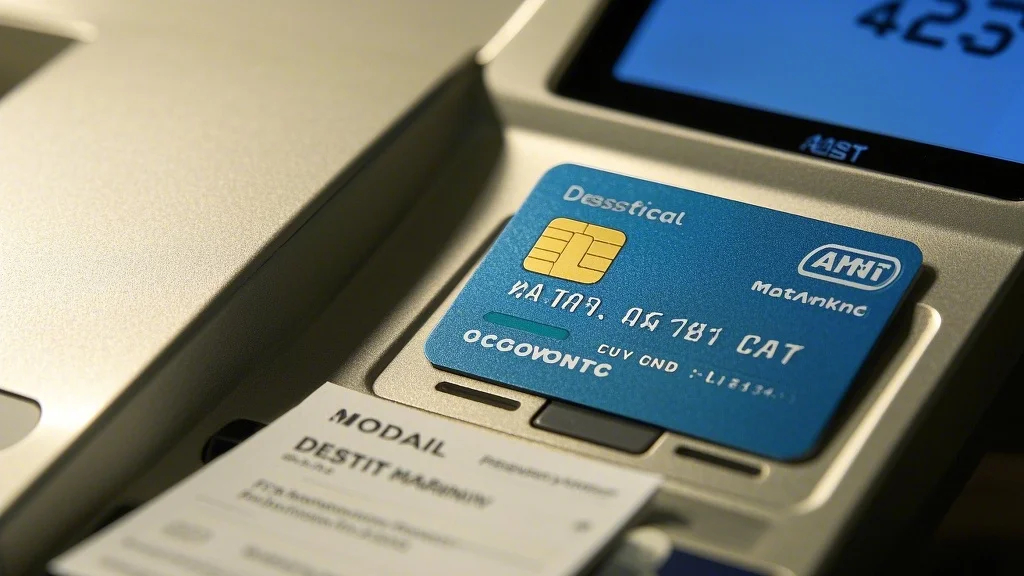part 1:
In today’s digital world, online banking has become an integral part of our daily lives. From checking balances to transferring funds, customers rely on online banking platforms for seamless financial transactions. However, with the increasing sophistication of cyberattacks, ensuring the security of these platforms is more critical than ever. This is where two-factor authentication (2FA) systems come into play, serving as a robust defense mechanism against unauthorized access and financial fraud.

Two-factor authentication, or 2FA, is a security protocol that requires users to provide two distinct forms of verification before accessing an online service or account. This multi-layered approach significantly enhances security compared to traditional single-factor authentication, which relies solely on a password. The combination of something the user knows (e.g., a password) and something the user has (e.g., a mobile device or a security token) makes it exponentially harder for hackers to breach an account.
The Evolution of Online Banking Security
Online banking security has come a long way since the first online banking platforms emerged in the 1990s. Initially, banks relied on simple usernames and passwords to secure customer accounts. However, as cybercriminals became more adept at exploiting these weak security measures, the need for stronger authentication methods became apparent.
The adoption of two-factor authentication marked a turning point in online banking security. By adding an extra layer of verification, 2FA reduced the risk of unauthorized access, even if a hacker managed to obtain a user’s password. This shift was further accelerated by the rise of mobile banking, which introduced new vectors for potential attacks, such as phishing, malware, and man-in-the-middle (MITM) attacks.
How Two-Factor Authentication Works in Online Banking
In the context of online banking, two-factor authentication typically involves one of the following methods:
Time-Based One-Time Password (TOTP):
This method generates a unique code that changes every 30 to 60 seconds. When a user logs in, they enter their username and password, and then the system prompts them to enter the one-time password (OTP) sent to their registered mobile device or generated by an authentication app.
SMS-Based 2FA:
A temporary OTP is sent via SMS to the user’s mobile phone. The user then enters this code into the login screen to verify their identity.
Authentication Apps:
Users can use dedicated authentication apps (e.g., Google Authenticator, Authy) to generate TOTPs on their smartphones. These apps synchronize with the bank’s system, ensuring the generated codes are valid and timely.
Hardware Tokens:
Some banks issue physical security tokens to their high-risk customers. These tokens generate unique OTPs that users must enter during the login process.
Challenge-Response Mechanisms:
This method involves the bank sending a unique challenge (e.g., a random number or a question) to the user, who must respond with the correct answer or a code derived from it.
Biometric Authentication:
Some advanced 2FA systems incorporate biometric verification, such as fingerprint scanning or facial recognition, as the second factor.
Each of these methods adds a layer of complexity that makes it harder for hackers to gain unauthorized access. By combining something the user knows (password) with something the user has (mobile device or token) or something the user is (biometric traits), 2FA significantly reduces the risk of account breaches.
Why Two-Factor Authentication is Essential for Online Banking
The importance of 2FA in online banking cannot be overstated. Here are some key reasons why it has become a critical component of banking security protocols:
Reduces Password-Related Risks
Passwords are often reused across multiple platforms, making them a prime target for cybercriminals. A single compromised password can put a user’s banking account at risk. With 2FA, even if a hacker obtains a user’s password, they still need the second factor to access the account.
Defends Against Phishing and Social Engineering Attacks
Phishing attacks rely on tricking users into revealing their login credentials. With 2FA in place, even if a user falls victim to a phishing scam, the attacker would still need the second factor to complete the login process.
Enhances Security for Mobile Banking
Mobile banking has become increasingly popular, but it also introduces new vulnerabilities, such as malicious apps and SMS spoofing. 2FA helps mitigate these risks by adding an extra layer of protection.
Complies with Regulatory Requirements
Many financial regulatory bodies mandate the use of multi-factor authentication to protect sensitive customer data. Implementing 2FA is not just a good practice; it is often a legal requirement for banks and financial institutions.
Builds Customer Trust
In an era of frequent data breaches and cyberattacks, customers are becoming more cautious about their financial security. By adopting 2FA, banks can demonstrate their commitment to protecting customer data, thereby building trust and loyalty.
Reduces Fraudulent Transactions
Two-factor authentication serves as a strong deterrent against fraudulent activities. Even if a hacker manages to gain unauthorized access, the additional verification step makes it significantly harder for them to execute fraudulent transactions.
The Role of Banks in Implementing 2FA
While 2FA is an effective security measure, its success largely depends on how it is implemented by the banks. Here are some best practices that banks should follow to ensure the effectiveness of their 2FA systems:
Educate Customers
Many users are still unfamiliar with two-factor authentication and its benefits. Banks should provide clear, concise information about how 2FA works and why it is important for online banking security.
Use Multiple 2FA Methods
Offering multiple 2FA options (e.g., TOTP, SMS, biometric authentication) allows users to choose the method that suits them best. This flexibility can improve user adoption and satisfaction.
Ensure Timely Updates
The security landscape is constantly evolving, and 2FA systems must keep pace with emerging threats. Banks should regularly update their 2FA infrastructure to address vulnerabilities and incorporate new security features.
Monitor for Fraudulent Activities
Even with 2FA in place, banks should monitor for suspicious activities and implement additional layers of fraud detection. For example,异常交易监控或地理定位技术可以帮助识别潜在的欺诈行为。
Provide Seamless User Experience
While security is paramount, banks should also focus on ensuring that the 2FA process is user-friendly. For instance, integrating 2FA seamlessly into mobile banking apps can minimize friction and encourage higher adoption rates.
Secure the Second Factor
The effectiveness of 2FA depends on the security of the second factor. For example, if a bank relies on SMS-based 2FA, it should implement additional measures to protect against SIM card cloning or SMS interception attacks.
By following these best practices, banks can maximize the effectiveness of their 2FA systems and provide a secure online banking experience for their customers.
Two-factor authentication has become a cornerstone of online banking security, offering a powerful defense against cyber threats. By combining traditional passwords with an additional verification method, 2FA significantly reduces the risk of unauthorized access, phishing attacks, and fraudulent transactions. As cybercriminals continue to develop more sophisticated attack techniques, the importance of robust security measures like 2FA will only grow.
In the next part of this article, we will explore the future of two-factor authentication in online banking, including emerging technologies like biometric authentication, behavioral analytics, and multi-factor authentication (MFA). We’ll also discuss the potential challenges and opportunities that lie ahead for banks as they continue to enhance their security protocols.
Stay tuned for part 2!
part 2:
The rapid evolution of technology has brought about new challenges and opportunities for online banking security. As cybercriminals become more sophisticated, banks must constantly innovate to stay ahead of potential threats. Two-factor authentication (2FA) has proven to be a vital tool in this fight, but the journey doesn’t stop there. In this second part of our article, we will delve deeper into the future of 2FA in online banking, exploring emerging technologies, evolving threats, and the role of regulators in shaping the future of online banking security.
The Future of Two-Factor Authentication
Two-factor authentication is not a one-size-fits-all solution. As cyber threats continue to evolve, so too must the methods used to verify user identities. Here are some emerging trends and technologies that are shaping the future of 2FA in online banking:
Biometric Authentication
Biometric authentication, which relies on unique physical or behavioral traits such as fingerprints, facial recognition, or voice patterns, is gaining traction as a secure and convenient second factor. Unlike traditional methods like SMS or TOTP, biometric authentication is non-reversible, meaning it cannot be easily duplicated or shared.
Behavioral Biometrics
Behavioral biometrics takes biometric authentication a step further by analyzing how a user interacts with their device. For example, it can monitor typing speed, mouse movements, and gesture patterns to verify the user’s identity. This method is particularly useful for detecting fraudulent activities in real-time.
Multi-Factor Authentication (MFA)
While 2FA provides an additional layer of security, multi-factor authentication takes it even further by requiring multiple forms of verification, such as something the user knows, something the user has, and something the user is. MFA is increasingly being adopted by banks to protect high-value transactions and sensitive customer data.
QR Code-Based Authentication
QR codes are being used as a new form of 2FA. When a user logs in, they scan a QR code with their mobile device, which generates an OTP or a unique verification token. This method is particularly useful for reducing the risk of phishing and man-in-the-middle attacks.
Blockchain-Based Authentication
Blockchain technology is being explored as a potential solution for secure authentication. By leveraging the decentralized nature of blockchain, banks can create a tamper-proof record of user identities, making it virtually impossible for hackers to forge or alter authentication credentials.
zero-Knowledge Proof (ZKP)
Zero-knowledge proof is a cryptographic method that allows users to verify their identity without sharing any sensitive information. In the context of 2FA, ZKP can be used to authenticate users without revealing their password or other personal details. This technology has the potential to revolutionize online banking security by providing an extra layer of privacy and protection.
The Rise of AI and Machine Learning in Authentication
Another significant trend in online banking security is the use of artificial intelligence (AI) and machine learning (ML) to enhance authentication systems. These technologies can analyze vast amounts of data to detect suspicious patterns and identify potential threats in real-time. For example, AI-powered systems can flag unusual login attempts, monitor transaction behavior, and alert users to potential fraud.
AI and ML are also being used to improve the accuracy of biometric authentication systems. For instance, facial recognition algorithms can be trained to detect spoofing attempts, such as photos or masks, ensuring that only genuine users can access their accounts.
The Role of Regulators and Industry Standards
Regulators and industry standards play a crucial role in shaping the future of online banking security. Organizations like the Financial Conduct Authority (FCA), the Payment Services Directive (PSD2), and the National Institute of Standards and Technology (NIST) provide guidelines and best practices for implementing secure authentication methods.
In recent years, there has been a growing emphasis on developing global standards for multi-factor authentication. For example, the FIDO (Fast Identity Online) Alliance has developed open standards for passwordless authentication, which aim to simplify and enhance the security of online transactions. By adopting these standards, banks can ensure that their authentication systems are both secure and interoperable.
The Challenge of User Adoption
Despite its many benefits, two-factor authentication faces a significant challenge: user adoption. Many customers are reluctant to adopt 2FA because it adds an extra step to the login process, which can be seen as an inconvenience. Additionally, some users may be concerned about the security of their mobile devices or may find it difficult to remember multiple authentication methods.
To overcome these challenges, banks need to focus on user education and convenience. For example, they can provide clear instructions on how to set up and use 2FA, offer multiple 2FA options, and ensure that the authentication process is as seamless as possible.
The Importance of Continuous Improvement
The fight against cybercrime is an ongoing battle, and there is no room for complacency. Banks must continuously monitor their systems, stay updated on the latest security threats, and adapt their authentication methods accordingly. This includes regularly reviewing and updating their 2FA protocols to address vulnerabilities and incorporate new technologies.
Two-factor authentication has proven to be an essential tool for securing online banking transactions, but it is not a silver bullet. As cyber threats continue to evolve, banks must remain vigilant and proactive in their approach to online banking security. By embracing emerging technologies, following industry standards, and putting customer education and convenience at the forefront, banks can build a robust defense against cyber threats and ensure that their customers’ financial data remains safe.
In conclusion, the future of online banking security is bright, with innovative technologies like biometric authentication, AI, and blockchain paving the way for safer and more secure transactions. As we move forward, it is crucial for banks to stay ahead of the curve and continue to prioritize the security and well-being of their customers.
By adopting a proactive approach to online banking security and leveraging the power of two-factor authentication, banks can not only protect their customers’ financial assets but also build a reputation for trust and reliability in the digital age.
Note: This article provides a comprehensive overview of online banking security protocols and two-factor authentication systems. It is written with the aim of educating readers about the importance of 2FA in securing online banking transactions while also exploring future trends and challenges in the field. The content is intended to be informative and engaging, suitable for both financial professionals and general readers.




